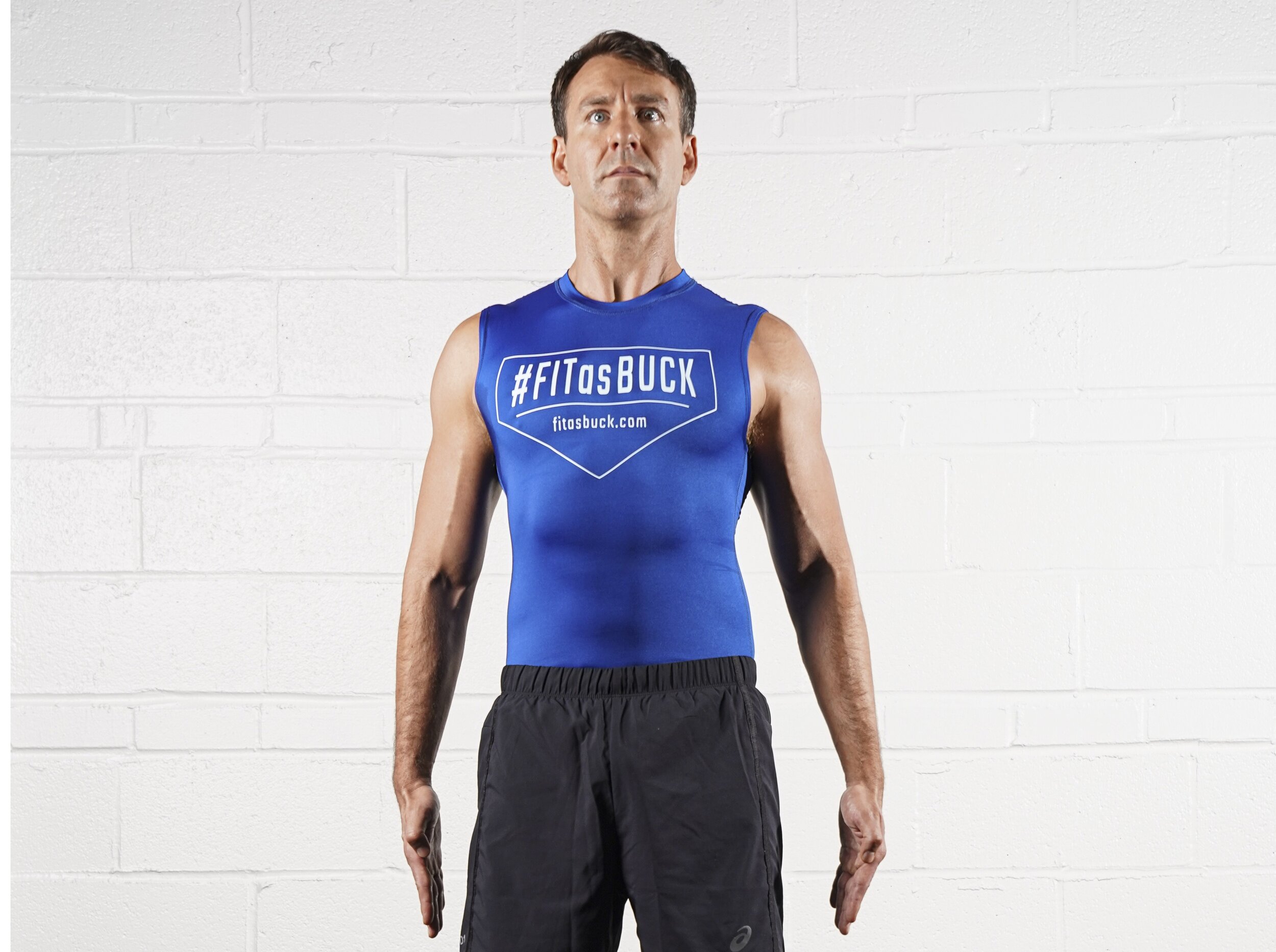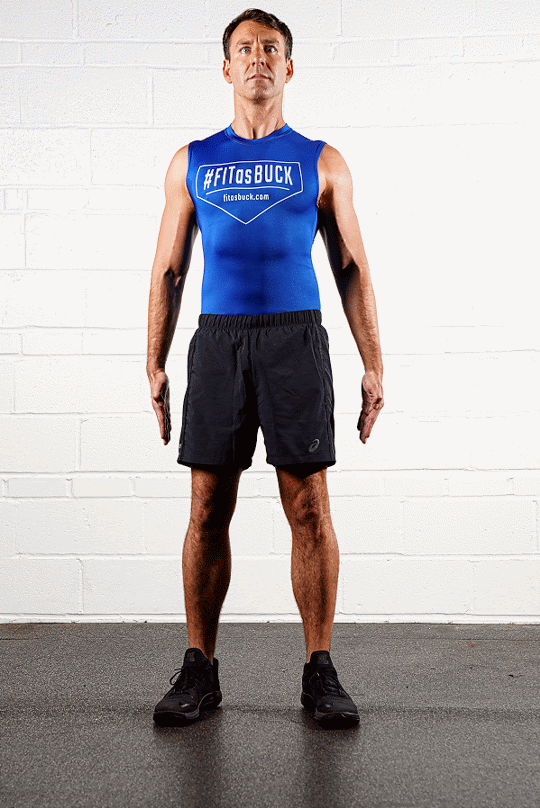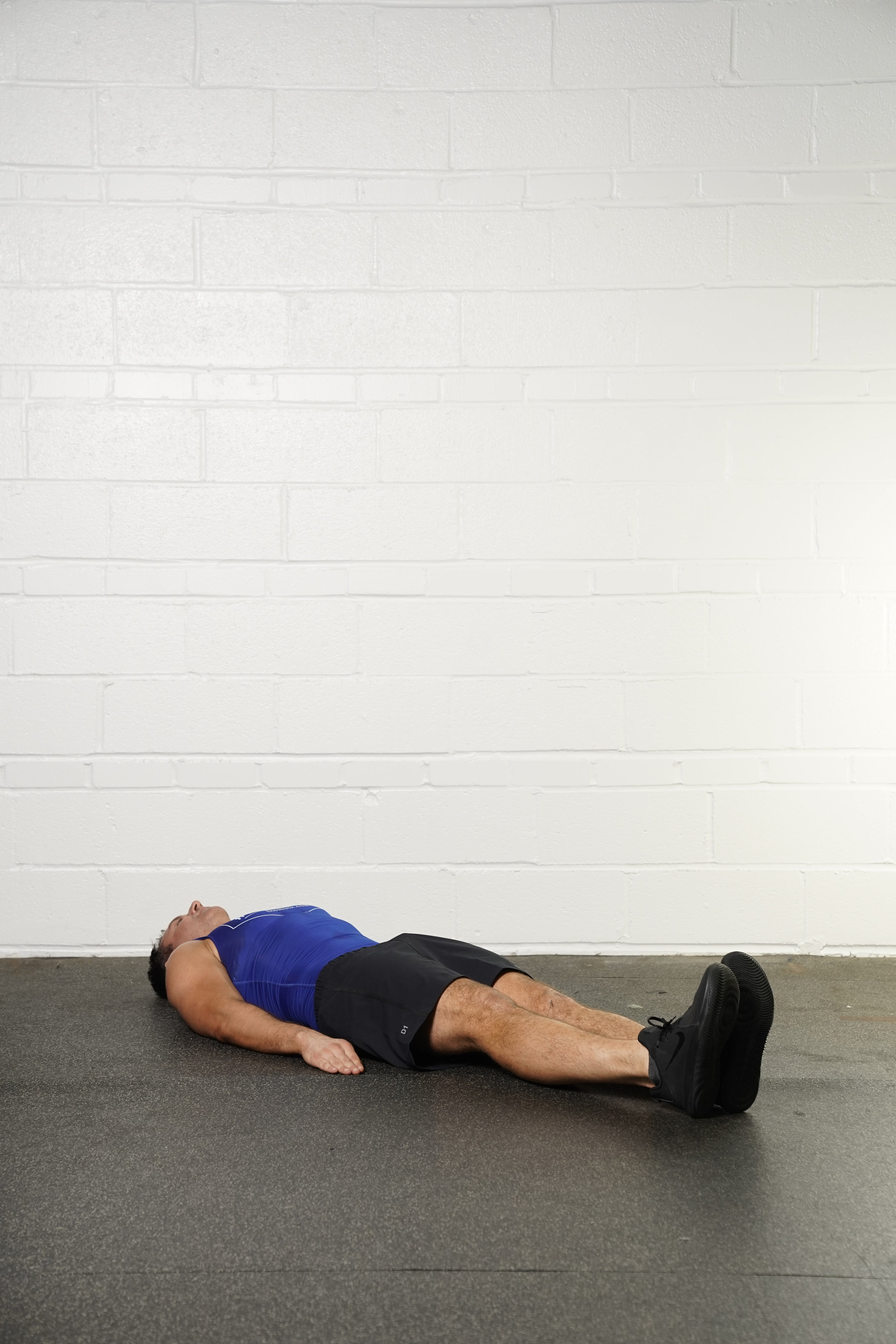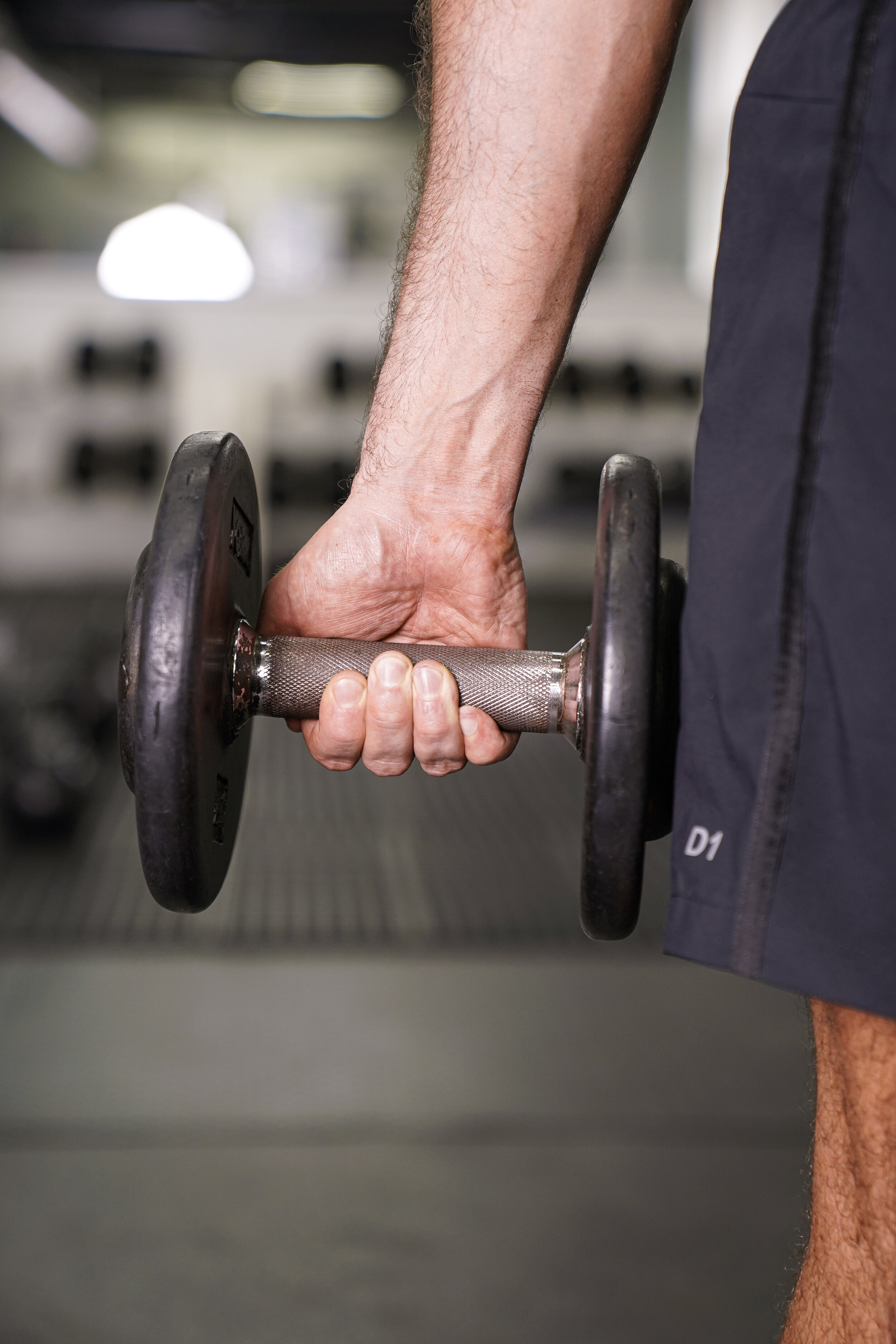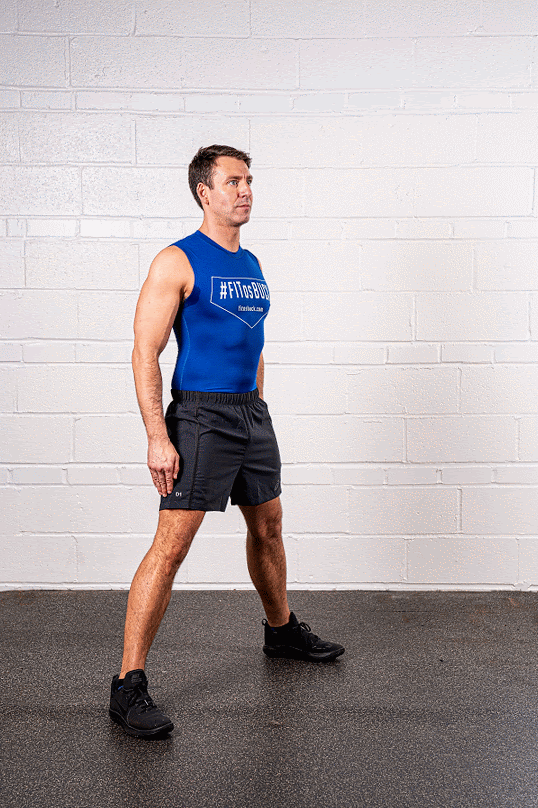FUNDAMENTALS
OF FITNESS
A strong foundation is crucial in achieving fitness goals at any level. Whether you have been exercising for decades or are a rank beginner, a strong understanding of the fundamentals of strength and conditioning are crucial to getting the results you desire in the safest, most efficient manner possible.
Here’s what you need to know…
HOW TO ENGAGE YOUR CORE
“Engage your core.”
This is a phrase that is used constantly in the fitness world but what does it actually mean?
In short, stand up straight, tighten your abs and squeeze your glutes. This is the single most important fitness concept I can teach you.
The core doesn’t just include your abs (the 6-pack area) and obliques (the “love handles” portion of the abdomen), it also encompasses your entire midsection; the muscles of the pelvic floor, the middle and lower back and your glutes. Basically, every part of your body except your arms, legs and head.
Developing your core strength and using your core correctly while moving helps the body maintain balance and stability, and move more efficiently.
Core strength is part of the solution to rehabbing previous or existing injuries and an essential element in preventing future injuries.
The muscles of the core are needed to improve posture, and improved posture will make you feel better and look better.
Engaging your core
First stand up straight. Imagine there is a string attached to the top of your head and that someone is pulling the crown of your head up toward the ceiling.
Angle your sternum up so that it is in front of your shoulders. As a reference, puff your chest out like a redneck about to get into a bar fight. Your shoulders should be in a neutral position in the middle of the socket. (As opposed to rounded and shrugging up toward your ears.)
Elongate your spine to its maximum length. Don’t curve your spine or hunch over.
Now, use the muscles in your stomach to draw your bellybutton back toward the vertebrae.
Squeeze your glutes.
You are going to need to engage your core to perform any physical activity whether it be biceps curls, squat jumps or carrying grocery bags.
Remember: Be sure to keep your chest up, shoulders back and down in the socket, elongate your torso, hips back, and squeeze your glutes.
Avoid rounding shoulders or curving your spine.
H
OW TO WORKOUT
HOW TO START
If you are starting a new workout program, your first week should be used to set baselines for future workouts, to acclimate the body for what is to come with a focus on body positioning, mobility, stabilization and core strength. You will also want to use your initial workouts to take inventory; identify areas of weakness, possible muscle imbalances and compensations, etc.
If you aren’t currently in the habit of exercising on a regular basis, you might find your first week to be especially challenging. That’s okay. You will progress quickly.
WARM UP
You should begin every workout with a short dynamic total body warm up.
You want to activate and elongate the muscles you will be using for your workout but you want to keep moving as you do so. Warming up dynamically is the most effective way to prepare your body for the workout to follow as it stimulates blood flow to the muscles and better prepares the joints and connective tissue for the challenges that lie ahead more effectively than static stretching.
REPS
A rep (or repetition) is one complete movement of an exercise.
You have not completed a rep until your body has returned to the position it was in at the beginning of the exercise. For example, if you were performing a biceps curl, the formula for what constitutes a rep would be:
1 REP = all the way up, all the way down (or vice versa)
Each rep in a set should be its own unique entity. Once you have returned to your starting position, come to a complete (albeit brief) pause before moving on to the next rep.
WEIGHT
“How much weight should I be using?”
For exercises using weights, you want to establish the rep range, you want to be working in. You want to find a weight for each exercise where the final few reps of a set are difficult to complete (Degree of difficulty 7 on a scale of 1-10) but can be performed with correct form; challenging but not impossible.
Going back to my point about valuing consistency and sustainability over intensity, err on the side of caution when selecting what weight you are working with on a given exercise. You will get better results working with less weight and using correct form than you will compromising your form and risking injury.
DEGREE OF DIFFICULTY
“How challenging should my workouts be?”
Not every workout needs to be the best workout of your entire life. A fitness program should make the things that you do outside of the gym more enjoyable. You want your program to help prevent injuries, not cause them.
You need to challenge the body in order to improve the way it looks, feels and functions, but you want to challenge it in a way that is sustainable over a long period of time. Consistency beats intensity.
If you were to rank an exercise in terms of difficulty from easy to difficult on a scale of 1-10, you want most of the sets in your workout to sit in the 6 ½ to 7 range, maybe touching 8 occasionally. Of course, there is a time and a place to have a workout that’s a solid 9, but you don’t need to live there.
COOL DOWN/ STRETCHING
A brief series of gentle movements and stretches to be performed at the end of your workout.
WHAT TO DO WITH YOUR BODY
STANDING
How to Stand
Stand up straight with core engaged. Sternum should be angled up slightly which will prevent your shoulders from shrugging up toward your ears.
Neutral Stance
Knees and toes facing forward. Feet about shoulder width apart.
Wide Stance
Feet placed outside shoulders. Knees and toes facing forward.
Sumo Stance
Hips externally rotated. Feet turned out.
Staggered Stance or Lunge
One leg in front of the other. Foot in front touches the ground. Foot in back: only the ball of the foot touches the ground, heel is off the ground. (Upper body should be upright with core engaged not leaning forward.) As you are on the balls of your feet, it is important to consider what is happening with your ankle; don’t let it shift to one side or the other.
PRONE
Lying Facedown on Floor
Similar to lying on the floor, every part of the front of your body should be touching the floor.
Push Up / Plank Position
Palms should be outside shoulder width and placed at an angle where your chest is wide and elbows are not flaring out to the side. When performing a push up, your torso should remain in this position throughout the exercise. (A push up is essentially a moving plank.)
Torso should be at its full length with flat back (so squeeze the abs) and with your hips in line with shoulder and not with your butt up in the air or sagging toward the floor (squeeze your glutes and engage your thighs).
You are on the balls of your feet with the heels off the ground. Shift the weight toward your heels to help stabilize your body.
On All Fours
Knees and feet hip-width apart. Palms under shoulders. Core is tight. Back is neutral without sagging or excessively arching.
SUPINE
Lying on Back
(lying on the floor, lying on the bench, against the wall)
Shoulder blades and the small of the back should lie flat against the surface. In order to do this, you need to squeeze the glutes and try to tuck them under the rest of your body.
LATERAL
Lying on Side
Legs in a straight line with the rest of your body. Feet stacked one on top of another.
GRIPS & FOOT POSITION
GRIPS
Underhand
(Also known as supinated grip)
Palms facing out.
Overhand
(Also known as pronated grip)
Palms facing back.
Neutral
Palms facing in.
FEET
Point
Heel is engaged, foot is arched. Toes stretched out away from the body. You need to engage your calves to make this happen.
Flex
Heel is flat, toes pointed toward your body. You need to engage your calves and quadriceps (the front of your thigh) to make this happen.
HOW TO MOVE
The principles laid out for the following types of movement provide the foundation for how to move efficiently and safely through almost any exercise.
Squatting
1) Stand up straight with core engaged. Chest should be at its full width without rounding shoulders. As you start to move, you want the upper part of your torso to remain this way throughout the squat.
2) Move your hips back. In order to allow your hips to move, start bending your knees. As your butt starts moving closer to the ground you have to continuously move the hips back behind you without letting your upper body fall forward.
3) When you have reached a point where you can’t go any lower to the ground without compromising your upper body positioning, pause slightly.
4) As you make your way back up to a standing position, push through with your heels.
5) Once you have returned to a standing position, give your glutes an extra squeeze and pause slightly before moving on to the next rep.
Pulling
For most pulling exercises, a key trick is to use your shoulders primarily as a stabilizer as opposed to the primary mover. In order to accomplish this, focus on keeping your shoulder blades back and down as you pull.
Don’t let your shoulders shrug up toward ears.
When rowing squeeze your shoulder blades together.
Pushing
For pushing exercises, you want to keep your chest at maximum width and shoulder blades back and down in the socket as you push.
In order to prevent shoulders shrugging up toward ears, place your hands closer to rib cage than to your head.
Bending
- Just as in life, when you bend over during a workout you don’t want to do so by slouching over, curving the spine and by bending the knees without the support of your core. With very few exceptions, for exercises where you bend over, you want to bend at the waist.
- As you bend, you need to maintain stable upper body positioning: chest up, flat back, (no rounding of the shoulders). The torso should remain at maximum length as it moves forward (tight abs, no curving of the lower back). To maintain this position, think of using the muscles of your abdomen to pull your ribs toward your spine.
- Knees and hips: As your upper body moves closer to the ground, your hips should move back.
- The way you think of bending your knees is crucial. You don’t want to bend your knees to move closer to the ground. Rather, you want the knees to bend to facilitate the movement of your hips behind you. The hips move first, the knees follow.
TWISTING
- For exercises involving lateral movement across the body, the twist should be generated and controlled by the core. The rest of your body should be firmly planted as you twist.
HOW TO BALANCE & STABILIZE
BALANCE AND STABILIZATION
Stabilization
Whenever you are asked to move with only one part of the body, the other part of the body should still be working to stabilize your bodyweight.
The body will always want to shift your bodyweight to the stable side, you have to tell your body to shift your weight so that it is distributed equally.
Tips on One-Legged exercises
Balance training is core training so engaging the core completely and fully elongating your torso will help you balance. Shift your weight back toward the heel on the floor.
Pick a focal point that puts your head in a neutral position.
Place the foot off the ground as high off the ground and as far in front of you as you can: it will actually make it easier to balance.
Jumping & Changing Planes
Whenever you move any part of your body from one place to another or move from one plane to another, land gently.
It will not only prevent injury but your body has to work harder to maintain proper body positioning while you are moving.
QUICK TIPS!
DO!
Remember to breathe.
Check in on your body positioning: where are my shoulders, feet knees, etc. (even when you aren’t working out).
Take your time. Better to go slowly with proper form than to speed through a set with sloppy form even if that means you are not able to do as many reps.
Wear appropriate clothing and footwear.
Drink lots of water.
Warm up dynamically before you work out. Stretch after.
Acknowledge your progress from week-to-week. Take note of every little win along the way-- it will keep you going!
DO NOT
Round your shoulders or curve your spine unless specifically directed to do so.
Allow your knees to move forward over your toes.
Cheat on form to get extra reps out.
Work out if you have a fever, are under the influence of drugs or alcohol or if a doctor has told you not to exercise.
Rush. You will burn more calories using your body correctly in a controlled fashion than you would be simply moving quickly.
Beat yourself up if you miss a workout. (But DO reschedule your missed workout at the earliest date/ time you can get it in.)
Quit. You owe it to yourself to keep working through the frustrations, minor setbacks and challenges. You’ve got this!
